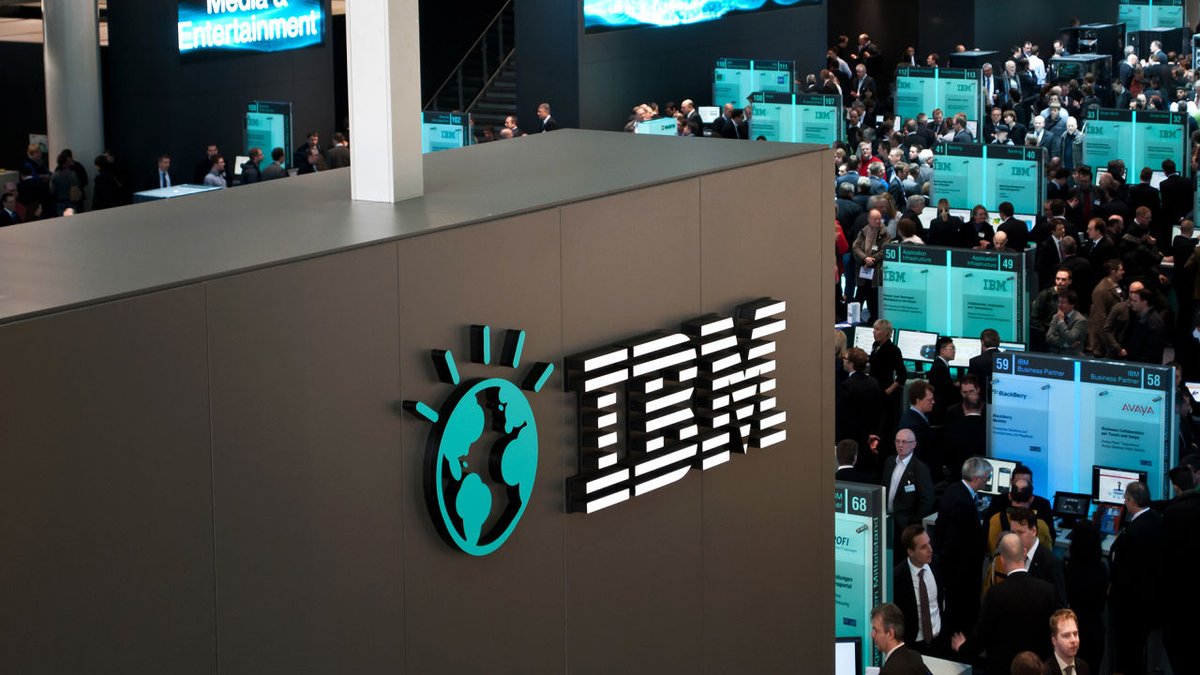IBM today introduced the next generation of its Granite Model Family of large language models (LLM)—Granite 3.2. The tech giant has unveiled the new model with an aim to offer efficient and practical AI solutions for businesses.
The new Granite 3.2 models are available under the Apache 2.0 license on Hugging Face, while select models are available on platforms and tools such as IBM Watsonx.ai, Ollama, Replicate, and LM Studio. It is expected to arrive on RHEL AI 1.5, bringing advanced features to businesses and the open-source community.
The new models come with capabilities like vision language model (VLM) and chain of thought. VLM enables the model to perform document understanding tasks. Its performance exceeded significantly when compared to Pixtral 12B and Llama 3.2 11B on key enterprise benchmarks such as DocVQA, ChartQA, AI2D, and OCRBench. The company said that it has used its own open-source DocLing toolkit to process 85 million PDFs and generated 26 million synthetic question-answer pairs to enhance the VLM’s ability to handle complex document-heavy workflows.
“IBM’s latest Granite developments focus on open solutions and demonstrate another step forward in making AI more accessible, cost-effective, and valuable for modern enterprises,” said Sriram Raghavan, VP, IBM AI Research
On the other hand, the chain of thought capabilities in the 3.2 2B and 8B models allow the models to switch between reasoning on or off to optimise efficiency. IBM said that owing to this capability, the new model achieved double-digit improvements from its predecessor in instruction-following benchmarks such as ArenaHard and Alpaca Eval. The model achieved this without compromising the safety or performance in other benchmarks. According to the company, with novel inference scaling methods, the Granite 3.2 8B can be calibrated to rival the performance of bigger models like Claude 3.5 Sonnet and GPT-4o in math and reasoning benchmarks like AIME 2024 and Math 500.
Also, now the Granite Guardian models are 30 per cent smaller while maintaining the performance of their predecessors. Besides, the company has also introduced a new verbalised confidence feature that offers a more nuanced risk assessment. The Granite 3.1 8B ranked highly on the Salesforce LLM Benchmark for CRM accuracy, suggesting that IBM’s focus on smaller and specialised AI models is an effective strategy. The Granite model family is also being integrated by major software partners, further expanding its enterprise impact.
Along with Granite 3.2, IBM is also introducing next-gen TinyTimeMixers (TTM) models, which have fewer than 10M parameters and offer long-term forecasting capabilities. These models can be valuable for finance, supply chain demand forecasting, and retail inventory planning.
The new Granite 3.2 models are available under the Apache 2.0 license on Hugging Face, while select models are available on platforms and tools such as IBM Watsonx.ai, Ollama, Replicate, and LM Studio. It is expected to arrive on RHEL AI 1.5, bringing advanced features to businesses and the open-source community.
The new models come with capabilities like vision language model (VLM) and chain of thought. VLM enables the model to perform document understanding tasks. Its performance exceeded significantly when compared to Pixtral 12B and Llama 3.2 11B on key enterprise benchmarks such as DocVQA, ChartQA, AI2D, and OCRBench. The company said that it has used its own open-source DocLing toolkit to process 85 million PDFs and generated 26 million synthetic question-answer pairs to enhance the VLM’s ability to handle complex document-heavy workflows.
“IBM’s latest Granite developments focus on open solutions and demonstrate another step forward in making AI more accessible, cost-effective, and valuable for modern enterprises,” said Sriram Raghavan, VP, IBM AI Research
On the other hand, the chain of thought capabilities in the 3.2 2B and 8B models allow the models to switch between reasoning on or off to optimise efficiency. IBM said that owing to this capability, the new model achieved double-digit improvements from its predecessor in instruction-following benchmarks such as ArenaHard and Alpaca Eval. The model achieved this without compromising the safety or performance in other benchmarks. According to the company, with novel inference scaling methods, the Granite 3.2 8B can be calibrated to rival the performance of bigger models like Claude 3.5 Sonnet and GPT-4o in math and reasoning benchmarks like AIME 2024 and Math 500.
Also, now the Granite Guardian models are 30 per cent smaller while maintaining the performance of their predecessors. Besides, the company has also introduced a new verbalised confidence feature that offers a more nuanced risk assessment. The Granite 3.1 8B ranked highly on the Salesforce LLM Benchmark for CRM accuracy, suggesting that IBM’s focus on smaller and specialised AI models is an effective strategy. The Granite model family is also being integrated by major software partners, further expanding its enterprise impact.
Along with Granite 3.2, IBM is also introducing next-gen TinyTimeMixers (TTM) models, which have fewer than 10M parameters and offer long-term forecasting capabilities. These models can be valuable for finance, supply chain demand forecasting, and retail inventory planning.

